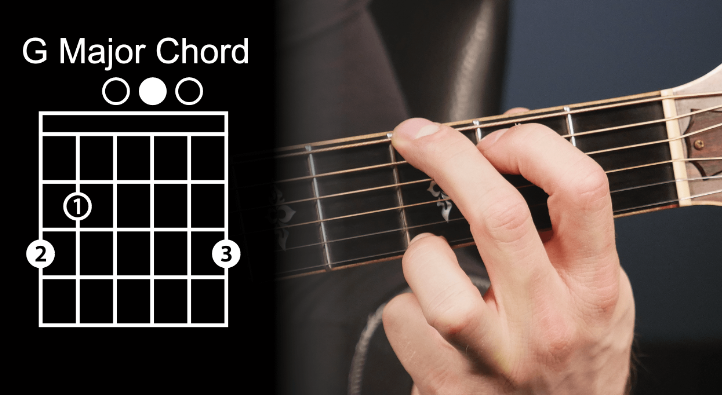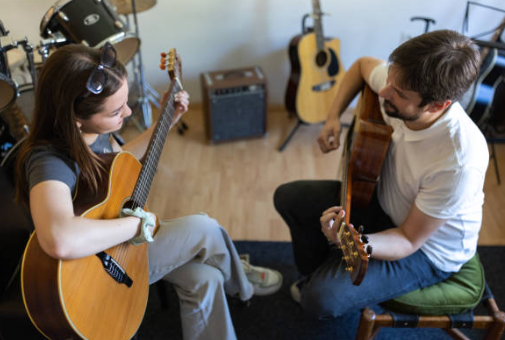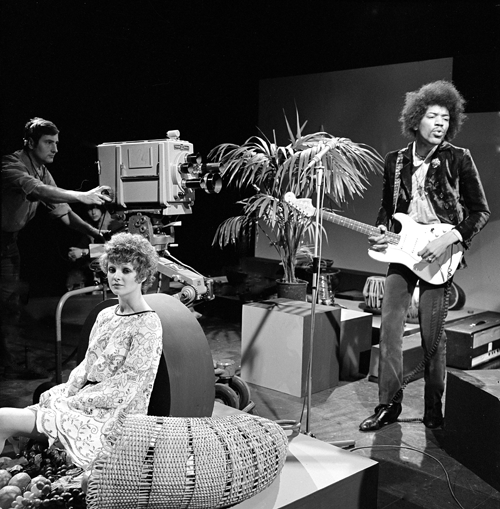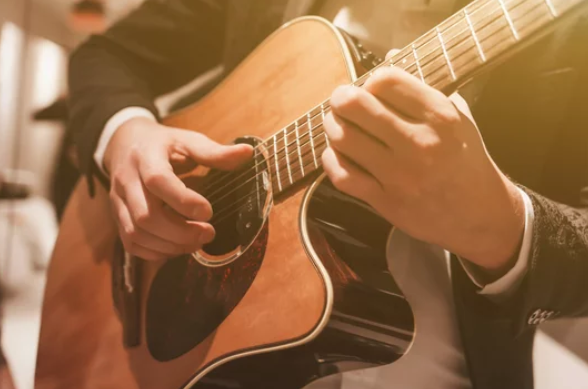Everything You Need To Play The G Chord On Guitar

Listen up, because I’m about to let you in on a little secret that’s been the backbone of music for eons. You see, in the world of melodies and harmonies, there’s this one superhero chord that’s been silently shaping hit after hit. It’s the G chord, my friend, and let me tell you, it’s the unsung hero of the music world. At least in my book.
Now, you might be wondering, “What’s so special about the G chord?” Well, strap in because this chord is like the Swiss Army knife in a guitarist’s toolkit. Whether you’re strumming through a country ballad, belting out a rock anthem, or serenading with a pop tune, the G chord is there, working its magic. Strumming a G chord is a great start to the guitar.
And here’s the kicker: mastering this chord isn’t just for the pros. It’s for you, me, and anyone who wants to get a slice of the musical pie. Think about it. With just this one chord, you’ve got the key to unlock a treasure trove of songs. It’s like having a golden ticket in the world of music.
So, what’s the bottom line? If you’re a guitar enthusiast, itching to make your mark, you can’t afford to overlook the G chord. It’s your gateway to not just playing music, but feeling it, living it. And who knows, with the G chord in your arsenal, you might just be the next big thing to hit the music charts. Remember, in the symphony of life, the G chord is your conductor’s baton!
The Basics of the G Chord
The G chord in guitar is a major chord, often the first chord that beginners learn. But before we delve into that, let’s brush up on basic guitar anatomy. The frets and strings of the guitar are key to understanding chord placement.
How to Play the G Chord
When it comes to playing the G chord, finger placement is crucial. We’ll guide you through each step, from which fret to put your fingers on to the right strumming technique. For clarity, we’ll include diagrams and images demonstrating each step.
Variations of the G Chord
The G chord isn’t limited to one variation – there are several ways to play it. From open chords to barre chords and alternate fingerings, we’ll walk you through each variation and how the sound changes with each.
Origins in Early Music
- Medieval Era: The roots of the G chord can be traced back to the medieval period when the concept of harmony began to develop beyond simple monophonic chants.
- Guido of Arezzo: A figure in early music theory, Guido of Arezzo (c. 991–1033) was among the first to develop a method for teaching singing using solmization syllables, which laid the groundwork for our modern understanding of scales and, subsequently, chords.
- Organum: Early forms of polyphony, like organum, where two or more voice lines were played simultaneously, set the stage for the development of chordal structures.
Renaissance and Baroque Developments
- Harmony Evolution: During the Renaissance, the understanding of harmony grew, with composers experimenting with different intervals and chord progressions.
- Figured Bass: In the Baroque era, the use of figured bass, a form of musical notation, became prevalent. It allowed composers to indicate harmonies (like the G chord) with numbers below the bass notes, signifying intervals.
Classical and Romantic Periods
- Standardization of Harmony: The Classical period saw the standardization of harmonic practices. The G chord, often used as a dominant chord in the key of C major, became crucial in establishing tonality.
- Beethoven and Romantic Composers: Composers like Beethoven began to push the boundaries of harmonic language, using chords like the G chord in more innovative ways, influencing the lush harmonies of the Romantic era.
The G Chord in Modern Music
- 20th Century: The G chord continued to evolve, with composers like Debussy and Stravinsky using it in less traditional contexts, challenging the conventions of tonal harmony.
- Jazz and Blues: These genres expanded the use of the G chord through complex variations and extensions, influencing rock, pop, and other contemporary styles.
- Popular Music: In modern popular music, the G chord remains a fundamental element, used in a multitude of songs across various genres.
Practice Tips
Mastering the G chord, like anything else, requires practice. We’ll provide exercises, point out common mistakes to avoid, and suggest ways to track your progress.
Using the G Chord in Music
The G chord is a classic in many songs. We’ll explore popular songs that prominently feature the G chord, show how the G chord fits in various chord progressions, and encourage you to experiment with the G chord in different musical contexts.
Conclusion
To wrap up, we’ll reiterate the key 2points about the G chord and its variations. Remember, the key to mastery is regular practice and exploration. We invite you to share your feedback or questions in the comments section!





